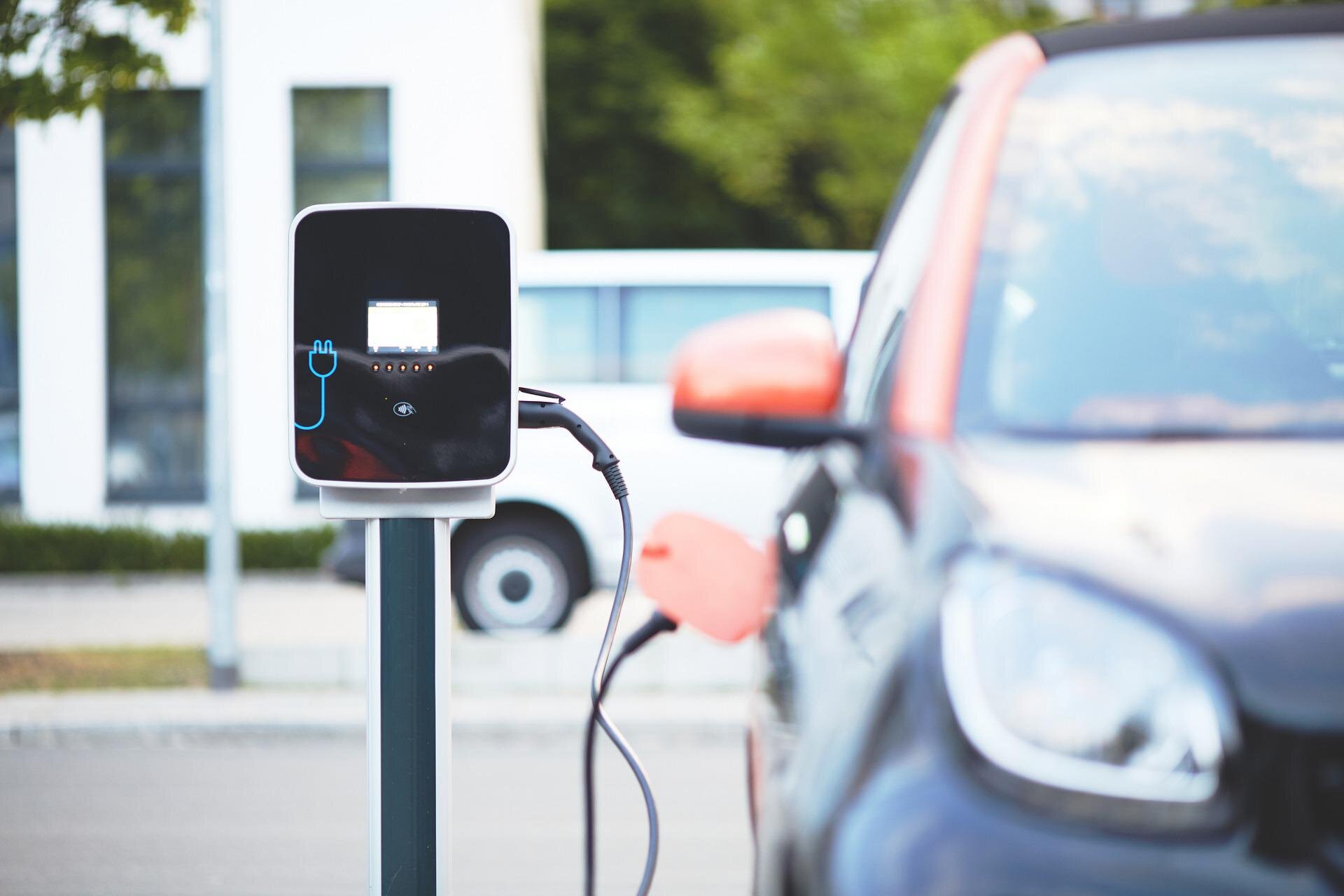
The element lithium is used widely in batteries because it results in long-lasting, stable energy storage. However, it's a finite resource, so researchers are hard at work trying to identify alternate materials to use in battery production. Using the Canadian Light Source at the University of Saskatchewan, a team from McGill University has recently come up with a way to replace most of the lithium in batteries with sodium.
The work is published in the journal Advanced Energy and Sustainability Research.
The challenge with using sodium is that the cathode material becomes unstable when it's exposed to air, a big problem if you want to retool existing manufacturing facilities currently producing lithium-ion batteries.
"The sodium reacts with carbon dioxide and water vapor in the air, and it makes sodium carbonate and other products," says Eric McCalla an associate professor in McGill's Department of Chemistry. "Water can actually go into the material, and convert it into a completely different structure, which is not a good battery material."
McCalla's team used what he calls "wild substitutions," to simultaneously test the impact of 52 different elements on the stability of a sodium-ion battery. The HXMA beamline at the CLS helped them see detailed, localized information about the battery after use, allowing them to understand which elements were effective in keeping the battery stable, when used alongside sodium.
To make sense of their mountains of data—which included countless interrelated variables—McCalla's team used machine learning, a powerful tool, he says, for rationalizing large quantities of complex information.
"The machine can decouple the variables," says McCalla. "It can write a complicated function that takes all of the competing parameters into account." This helped them understand what materials were actually affecting the performance, and which variables played lesser roles.
Sodium-ion batteries have a long way to go before they'll fully displace Li-ion batteries—especially in electric vehicles—so it's still a critical area of research and discovery.
"People have been working on lithium batteries for 40+ years, and they're very good," says McCalla. "Using more sustainable materials is a great goal, but the bar is high. We've made progress, and we're going to continue to work very hard on making these materials better."
More information: Shipeng Jia et al, Stabilization of Na‐Ion Cathode Surfaces: Combinatorial Experiments with Insights from Machine Learning Models, Advanced Energy and Sustainability Research (2024). DOI: 10.1002/aesr.202400051
Citation: Using sodium to make more sustainable batteries (2024, July 11) retrieved 11 July 2024 from https://techxplore.com/news/2024-07-sodium-sustainable-batteries.html
This document is subject to copyright. Apart from any fair dealing for the purpose of private study or research, no part may be reproduced without the written permission. The content is provided for information purposes only.
